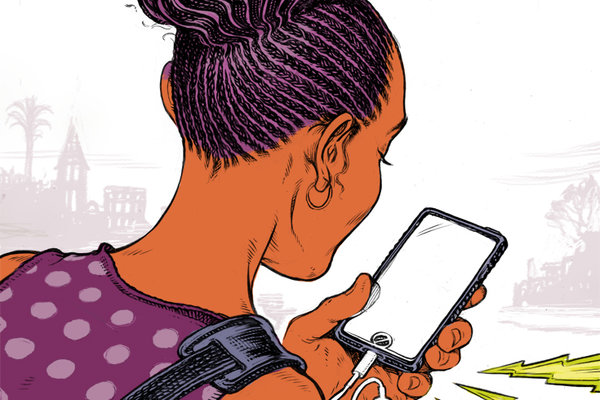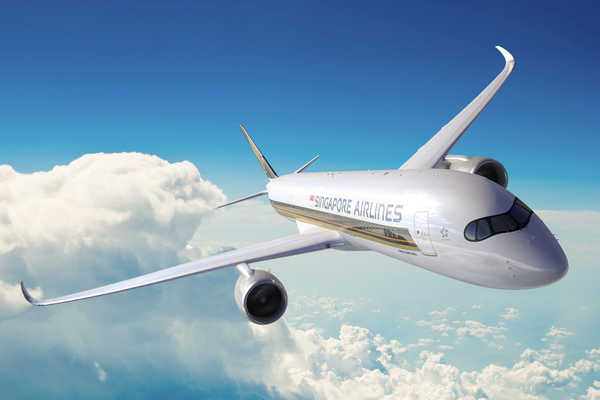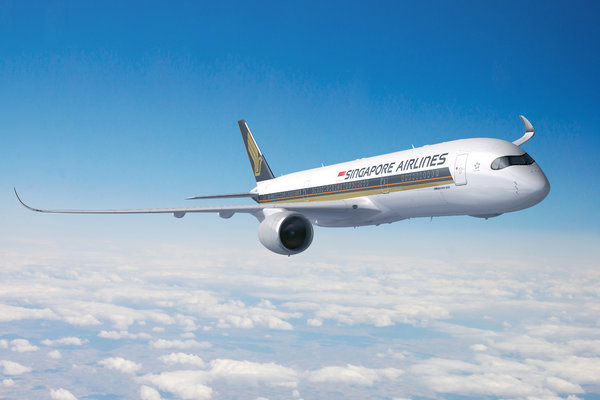There are long flights and there are long flights. Singapore Airlines has the longest haul currently, with nearly 19 hours from Newark to Singapore. But that’s bound to be eclipsed soon as airlines and aircraft manufacturers vie to be the first to pull off the last major nonstop air route: Sydney to London, estimated at over 20 hours.
As an inveterate traveler, I fly multiple long flights a year. My personal longest was 17 hours from Johannesburg to Atlanta, but 10-12 hour flights are my norm. But then, I’ve been on sub-5 hour flights with fellow passengers lamenting how it was “such a long flight.” It’s all relative. No matter your definition, there are two keys to making any long flight seem short: comfort and distraction. Here are five(ish) items to help pass the time and miles.
Movies, music, and more
Every major airline, and most of the smaller ones, have seat back entertainment. Generally these are of the on-demand variety, letting you choose from a variety of movies and TV episodes. But will they be the movies and TV shows you actually want to watch?
You’re probably better off bringing what you want. Netflix, Amazon, iTunes, Vudu, and others all have mobile apps that let you download content to watch offline. If you paid for the movie or episode, you shouldn’t have an issue downloading it. If it’s Netflix, or included with Amazon Prime streaming, there’s no guarantee, though, and you should check well before your flight. You will not be able to stream anything from these services on the plane, even if you pay for the in-flight Wi-Fi. You’ll probably have a hard time downloading at the airport too, so this is all something best done at home.
A growing number of airlines are doing away with seat back entertainment, and instead offer the same content via their own app, streamed internally on the plane’s Wi-Fi to your phone or tablet. Check if your flight has this beforehand, or be prepared to download the app at the airport before you board.
Charging cable and battery
Since you’ll likely use your phone or tablet for a good chunk of the flight, you’re going to need to keep it charged. Long-haul flights usually have an airline’s oldest planes, so you can’t be sure if there will be a power or charging outlet available at your seat.
SeatGuru will help with this. The site gives you information about your specific plane, and even about the seat you’ve selected or been assigned. Sometimes there’s a USB port next to the seat back screen. Other times there’s a regular power outlet under the seat. No matter what’s available, you should keep a portable charger with you. A cable, perhaps a bit longer than you normally use, should be enough to let you use your device while it’s charging, no matter where the plug is at your seat.
Even if there is an outlet, a rechargeable USB battery is the most useful device to have while traveling after your phone itself. These let you charge on the go, and extend your phone’s battery life for hours. Wirecutter, The New York Times company that reviews products, has reviewed and selected extensive options for chargers, cables, and batteries.
Noise canceling headphones
Noise canceling headphones reduce steady droning sounds like airplane engines. They’re not a cone of silence, but can make flights can go from “clamorous and tiring” to “loud, but tolerable.” At least, the best ones can. For the past several years, I’ve reviewed every major noise canceling headphone on the market, and even though there are dozens to choose from, the vast majority reduce very little actual noise.
My favorite is also the in-ear noise canceling pick from Wirecutter: the Bose QuietComfort 20. They’re small, light, and you can somewhat-comfortably sleep with them on (at least, better than many other options). Most importantly, they reduce an incredible amount of noise. If over-ear headphones are more your speed, Wirecutter suggests the Bose QuietComfort 35 Series II.
You could, if you want to go the really budget route, just use earplugs (which many airlines provide in amenity kits). However, those rely on getting a good seal between the plugs and your ear canals which, on some people (like myself), isn’t easy. Plus, even if you get a good seal, the sound of an aircraft engine probably isn’t going to be reduced as well as it would be with a good pair of noise canceling headphones.
Layers
I’ve never been on a flight that had a steady or predictable temperature. It’s pretty much impossible, given the cold air outside, the humid, heat-producing mammals inside, and that pesky ball of fusion in the sky (or the lack thereof, depending on the time and weather). Layers are key. Some airlines will give you a threadbare blanket to “warm” yourself if it gets really cold, but I’ve never regretted bringing a hoodie or pullover. Worst case, it doubles as a pillow. I’ve had good luck with Smartwool outer layers, but they’re expensive and really anything easily removable will work here. I also tend to never wear shorts since I’ve been cold on planes more regularly than I’ve been hot, but you know your body best.
Different parts of the plane will also have some effect on the temperature. Window seats are likely cooler than aisles, and exit rows cooler than all others.
Anything you need for your personal comfort
There is a massive market for in-flight comfort products. Most are pretty useless. For example, if you only fly once or twice a year, spending money on a travel pillow probably isn’t worth it. Before you’re tempted to spend money on things you’ll use once or twice, consider saving that money for a seat upgrade.
However, other things may be good to pack in your carry-on. Most airlines on long, overnight flights, will also give you a sleep mask and a small tube of moisturizer, both of which you might find handy to bring yourself if you have a mask or brand of lotion you prefer. Airplane air gets very dry, and even at night there are lights around the cabin you might find distracting.
Usually you’ll get a bottle of water for free, but if you’re the thirsty type, bring an empty water bottle and fill it before you board. A snack won’t hurt either; just keep in mind that many countries, especially smaller island types, won’t let you enter with fresh fruit.
If you’re on the older or huskier side, consider compression socks. These should help keep the blood from pooling in your lower legs and feet, which can cause blood clots or uncomfortable swelling. But really, everyone should get up and walk around every few hours, especially on those long haul flights. Safe rule of thumb, if one of your seatmates gets up to use the bathroom, you should go too. Even if it’s just to walk around and stretch your legs.
Lastly, as we’ve mentioned before, a pen is handy. If you’re on a long flight, chances are you’ll need to fill out some sort of customs or immigration form, and airlines never have pens.









